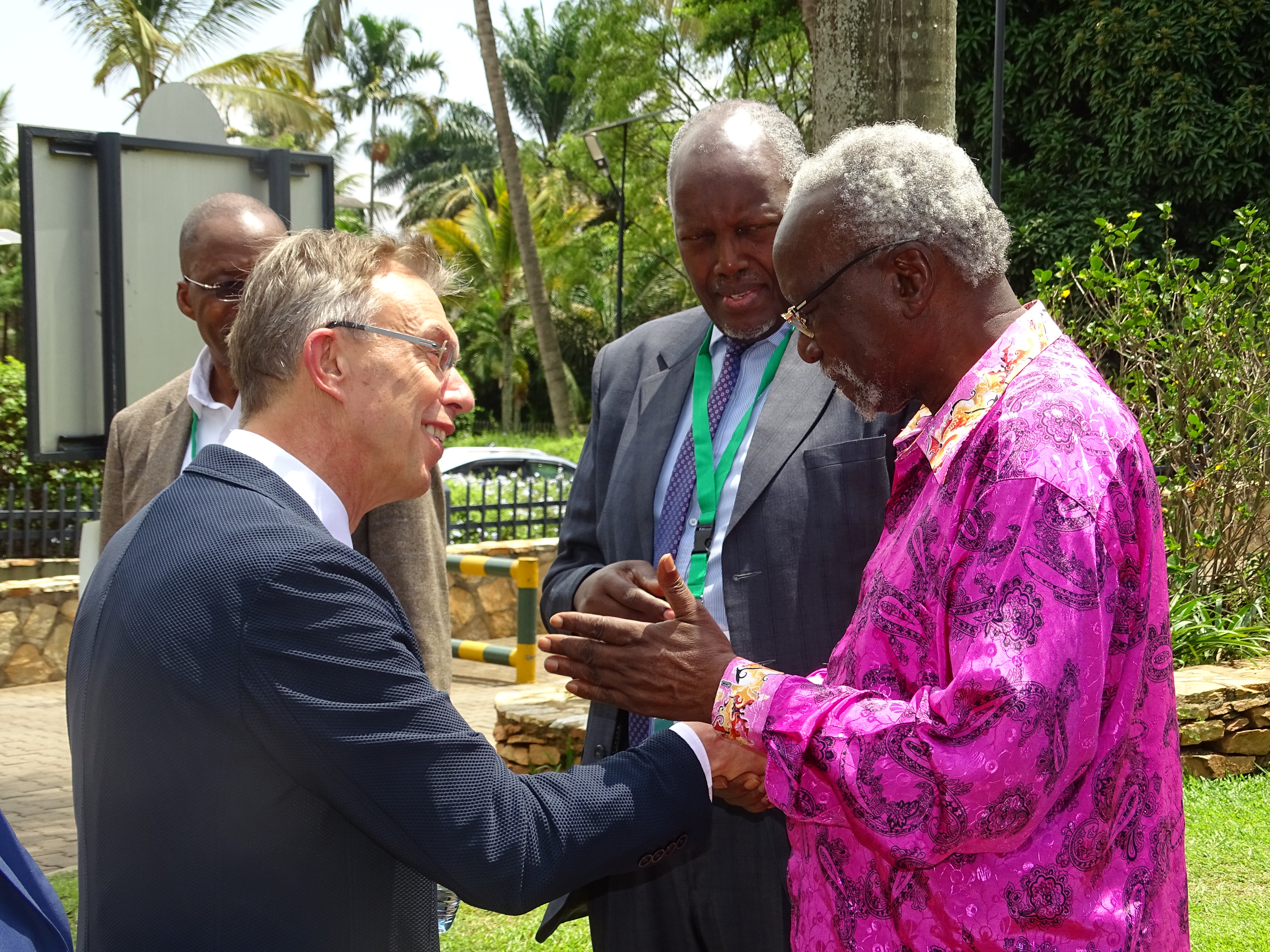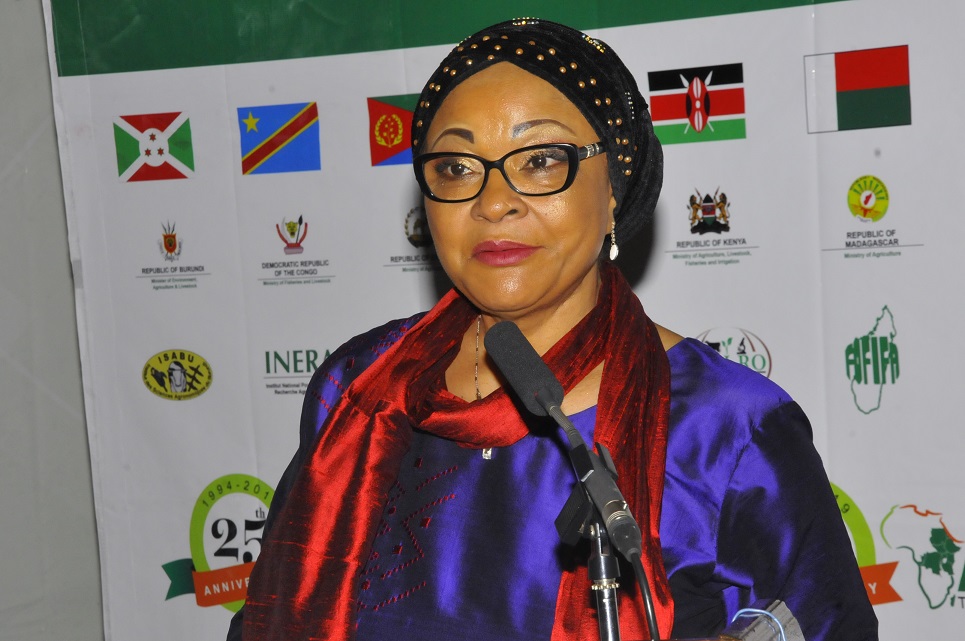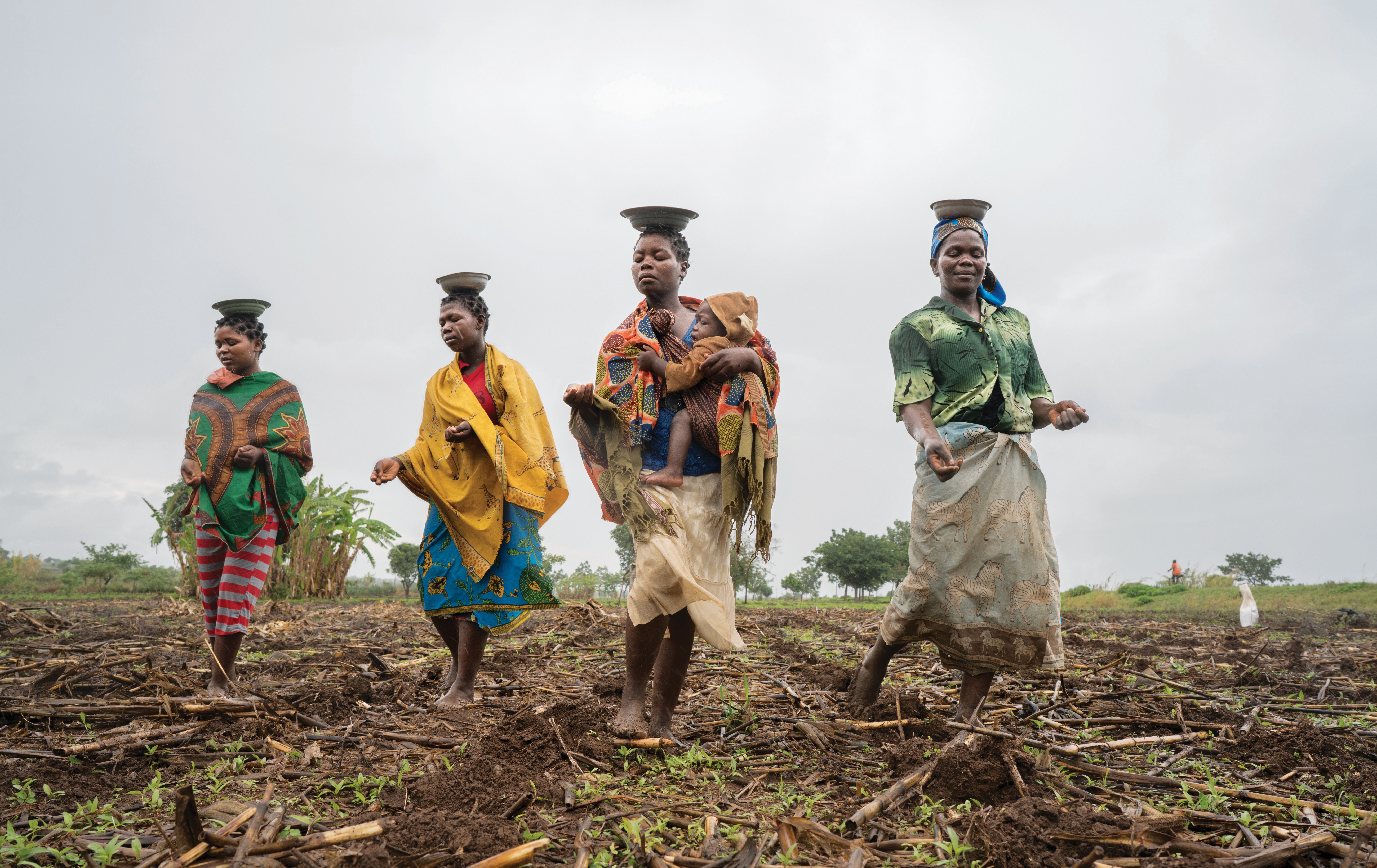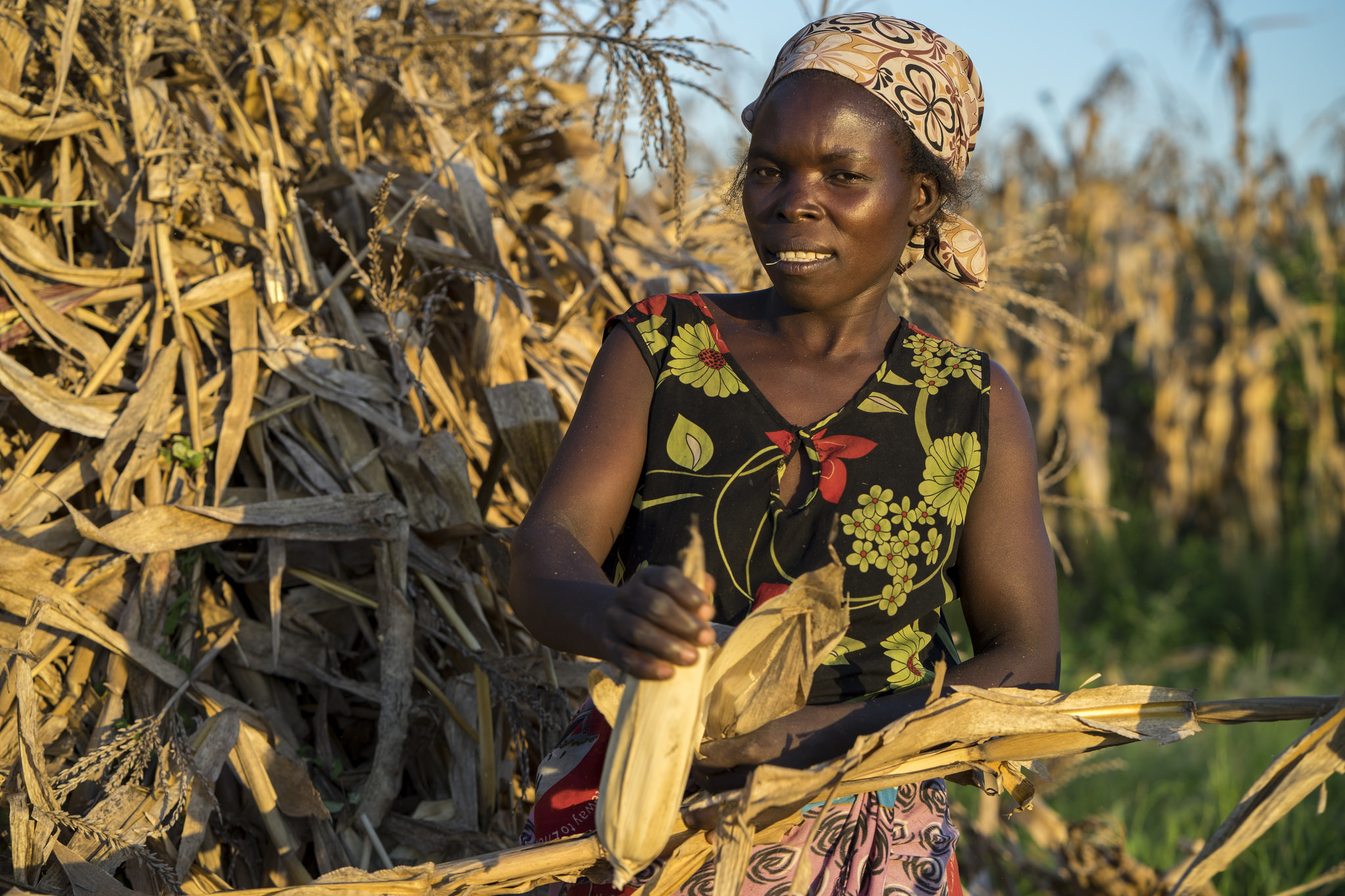The International Maize and Wheat Improvement Centre (CIMMYT) and the Association for Strengthening Agricultural Research in Eastern and Southern Africa (ASARECA) gathered agriculture leaders, experts, ministers and permanent secretaries from 14 countries in the region May 2-4, 2019 in Kampala, Uganda. These experts reflected on the lessons learned from the eight year-long Sustainable Intensification of Maize and Legumes farming systems in Eastern and Southern Africa (SIMLESA) project, funded by the Australian Centre for International Agricultural Research (ACIAR).
During this regional SIMLESA policy forum, ministers of agriculture signed a joint communiqué calling for mainstreaming conservation agriculture practices and enabling sustainable intensification of African agriculture, in response to the ongoing agroecological crisis and fast-growing population.
The minister of agriculture, animal industry and fisheries of Uganda, Vincent Ssempijja, reminded that “Africa is paying a high price from widespread land degradation, and climate change is worsening the challenges smallholder farmers are facing.” Staple crop yields are lagging despite a wealth of climate-smart technologies like drought-tolerant maize varieties or conservation agriculture.
“It is time for business unusual,” urged guest speaker Kirunda Kivejinja, Uganda’s Second Deputy Prime Minister and Minister of East African Affairs.
Research conducted by CIMMYT and national partners in Ethiopia, Kenya, Malawi, Mozambique, Rwanda, Tanzania and Uganda under the SIMLESA project provided good evidence that sustainable intensification based on conservation agriculture works — it significantly increased food crop yields, up to 38%, as well as incomes, while sustainably preserving soil health.
In Malawi, where conservation agriculture adoption rose from 2% in 2011 to 35% in the 2017/18 season, research showed increases in water infiltration compared to the conventional ridge-and-furrow system of up to 90%, while soil organic carbon content increased by 30%. This means that soil moisture is better retained after rainfall, soil is more fertile, and plants grow well and cope much better during dry spells.
The SIMLESA project revealed that many farmers involved in CIMMYT research work, like Joseph Ntirivamunda in Rwanda, were interested in shifting towards more sustainable intensification practices. However, large-scale adoption still faces many hurdles.
“You cannot eat potential,” pointed out CIMMYT scientists and SIMLESA project leader Paswel Marenya. “The promise of conservation agriculture for sustainable intensification needs to be translated into more food and incomes, for farmers to adopt it widely.”

The scale conundrum
Farmers’ linkages to markets and services are often weak, and a cautious analysis of trade-offs is necessary. For instance, more research is needed about the competing uses of crop residues for animal feed or soil cover.
Peter Horne, General Manager for ACIAR’s global country programs, explained that science has an important role in informing policy to drive this sustainable transformation. There are still important knowledge gaps to better understand what drives key sustainable farming practices. Horne advised to be more innovative than the traditional research-for-development and extension approaches, involving for instance the private sector.
Planting using a hoe requires 160 hours of labor per hectare. A two-wheel tractor equipped with a planter will do the same work in only 3 hours.
One driver of change that was stressed during the Kampala forum was the access to appropriate machinery, like the two-wheel tractor equipped with a direct planter. While hoe planting requires 160 hours of labor per hectare, the planter needs only 3 hours per hectare, enabling timely planting, a crucial factor to respond effectively to the increased vagaries of the weather and produce successful harvests. While some appropriate mechanization options are available at the pilot stage in several African countries like Ethiopia or Zimbabwe, finding the right business models for service provision for each country is key to improve access to appropriate tools and technologies for smallholder farmers. CIMMYT and ACIAR seek to provide some answers through the complementary investments in the Farm Mechanization and Conservation Agriculture for Sustainable Intensification (FACASI) project.
CASI can be scaled but requires tailoring sustainable intensification agronomic advices adapted to local environment and farming systems. Agricultural innovation platforms like the Mwanga mechanization youth group in Zimbabwe are one way to co-create solutions and opportunities between specific value chain actors, addressing some of the constraints farmers may face while implementing conservation agriculture practices.
Providing market incentives for farmers has been one challenging aspect, which may be overcome through public-private partnerships. Kilimo Trust presented a new consortium model to drive sustainable intensification through a market pull, linking smallholder farmers with food processors or aggregators.
“SIMLESA, as a long-term ambitious research program, has delivered remarkable results in diverse farming contexts, and conservation agriculture for sustainable intensification now has a more compelling case,” said Eric Huttner, ACIAR research program manager. “We should not ignore the complexity of conservation agriculture adoption, as shifting to new farming practices brings practical changes and potential risks for farmers, alongside benefits,” he added. As an immediate step, Huttner suggested research to define who in the public and private sectors is investing and for what purpose — for example, access to seed or machinery. Governments will also need further technical support to determine exactly how to mainstream conservation agriculture in future agricultural policy conversations, plans and budgets.
“Looking at SIMLESA’s evidence, we can say that conservation agriculture works for our farmers,” concluded Josefa Leonel Correia Sacko, Commissioner for Rural Economy and Agriculture of the African Union. During the next African Union Specialized Technical Committee in October 2019, she will propose a new initiative, scaling conservation agriculture for sustainable intensification across Africa “to protect our soils and feed our people sustainably.”


 Climate adaptation and mitigation
Climate adaptation and mitigation 

